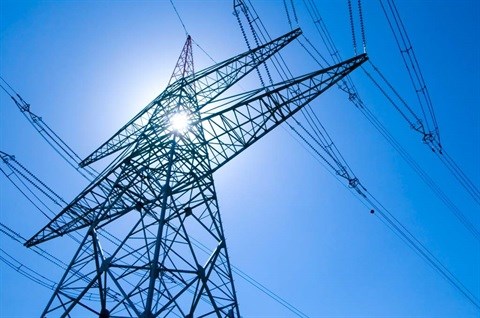
Concentrated solar power (CSP) may be a better alternative, as it is particularly suited to sunbelt countries.
South Africa is seen by many industry players as a paradigm for Africa when it comes to renewable energy generation. As part of its national strategy to shift the country's energy supply from its mainstay, coal, to green renewable energy sources, the Department of Energy (DoE) in South Africa has implemented the Renewable Energy Independent Power Producers Procurement Programme (REIPPPP). The programme commenced in 2010 when the DoE issued its first Request for Proposal for new generation capacity.
PV, wind and, to a lesser extent, CSP plants are now being constructed or are in operation. To date, the REIPPPP has procured multiple gigawatts of renewable energy at costs increasingly competitive with coal-fired electricity. Recently South Africa completed its first CSP plant, KaXu Solar One in the Northern Cape, and four more are under construction.
CSP produces energy by means of thermal generation techniques. CSP uses parabolic troughs, which are curved, mirrored troughs, to reflect direct incoming solar radiation onto an absorption tube containing fluid. Other methods make use of parabolic dishes and solar towers with solar radiation reflected into the tower by mirrors or 'heliostats'.
Advantages of CSP
CSP is particularly effective when the share of direct radiation is large, for example in the Northern Cape in South Africa where there is approximately 75% radiation yearly. The capacity factor of a plant must also be considered. A CSP plant outperforms a PV plant with the same power rating in terms of electrical energy produced.
A CSP plant typically has a capacity factor of 40% or more while a PV plant has a capacity factor typically below 25%. As a result, a CSP site of similar size to a PV site will produce significantly more (roughly double) energy over an extended period of time.
Development of CSP has been largely neglected in favour of PV production. The technological maturity of PV, along with its suitability in regions where diffuse radiation is prominent, has given PV generation the advantage.
CSP technology is not well developed and, for this reason, installation prices of CSP plants are prohibitively high, about triple that of a PV plant per MW. However, these prices are predicted to fall rapidly with development and maturity of the CSP market.
Traditionally, electricity generation plants can be categorised as base load and peak load (peaker) plants. Base load refers to electricity generated by 'always-on' plants which continuously output a set amount of power. Peak load plants are used to supplement base load plants at peak electricity usage times.
In South Africa this is in the mornings and evenings. The cost of peak load plant electricity is far more expensive than base load plant electricity because they require start up and shut down of the plant for each peak period.
The main renewable energy sources, PV and wind generation, cannot be classified as either of these types of plants. They are instead classified as intermittent sources of electricity. Intermittent sources put more pressure on the peak load generation plants as the grid is burdened with a greater level of fluctuation. With the increase in intermittent sources of renewable energy must come a larger peak load generation capacity too.
CSP is capable of contributing to peak load power generation capacity to supplement the intermittent sources. Its ability to dispatch power on demand is extremely valuable and will become increasingly important as the grid adds more intermittent sources of energy.
CSP is a very viable option for sunbelt countries, such as South Africa and other countries in Africa. South Africa needs to find means of meeting peak load needs, and CSP can make a valuable and much needed contribution to peak load.
Although CSP is costly per kWh of electricity relative to base load supply and even to renewable intermittent supply sources, it is predicted that with greater use of CSP, costs associated with this technology would decrease.